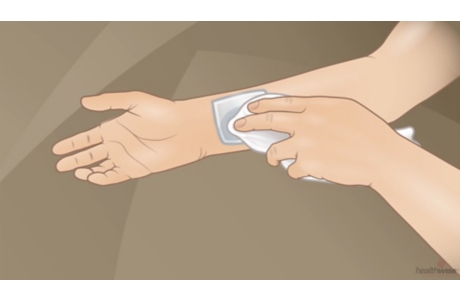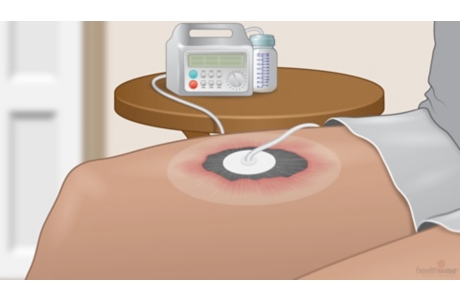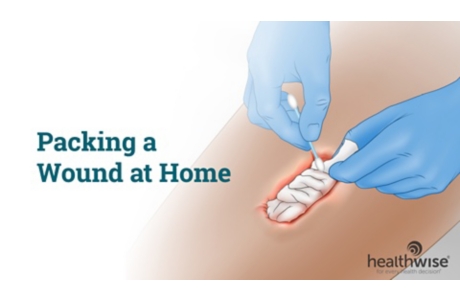High-Pressure Injection Wounds
Topic Overview
Puncture wounds caused by the injection of a substance under high pressure into the skin are serious injuries. High-pressure equipment may be used for paint, paint thinner, grease, oil, fuel, or other liquid solvents. Most high-pressure injection injuries affect the hands and fingers. These injuries are at high risk for infection, swelling, underlying tissue injuries, and possibly amputation. The risk of amputation increases if medical treatment is delayed for 6 hours or more. Things that determine how severe an injection injury is include:
- The type, toxicity, temperature, and thickness of the injected substance.
- Paint, paint solvent, and paint thinner cause the highest risk of early tissue damage and serious complications. The risk of amputation because of complications from these injected substances is high.
- Grease, oil, and hydraulic fluid may cause no visible reaction in the first few days after injection but serious complications can become apparent after the first 3 days.
- The amount of substance injected. Larger amounts of fluid injected create more pressure on the blood vessels and other tissues.
- The speed and pressure settings of the equipment. Higher pressures cause more fluid to be injected.
- The site of injury. The hand that you use most often for tasks like writing or brushing teeth is called your dominant hand. Your other hand is called your nondominant hand. Your nondominant hand is twice as likely to be involved in a high-pressure injection injury than your dominant hand. The thumb and first two fingers are most likely to be injured.
- The interval between the time of the injury and the time of treatment.
- The spread of the injected substance into other tissues.
- Health risks that may increase the seriousness of your wound.
Credits
Current as ofJune 26, 2019
Author: Healthwise Staff
Medical Review: William H. Blahd, Jr., MD, FACEP – Emergency Medicine
Kathleen Romito, MD – Family Medicine
Adam Husney, MD – Family Medicine
H. Michael O’Connor, MD, MMEd, FRCPC – Emergency Medicine
Martin J. Gabica, MD – Family Medicine
Current as of: June 26, 2019
Author: Healthwise Staff
Medical Review:William H. Blahd, Jr., MD, FACEP – Emergency Medicine & Kathleen Romito, MD – Family Medicine & Adam Husney, MD – Family Medicine & H. Michael O’Connor, MD, MMEd, FRCPC – Emergency Medicine & Martin J. Gabica, MD – Family Medicine




